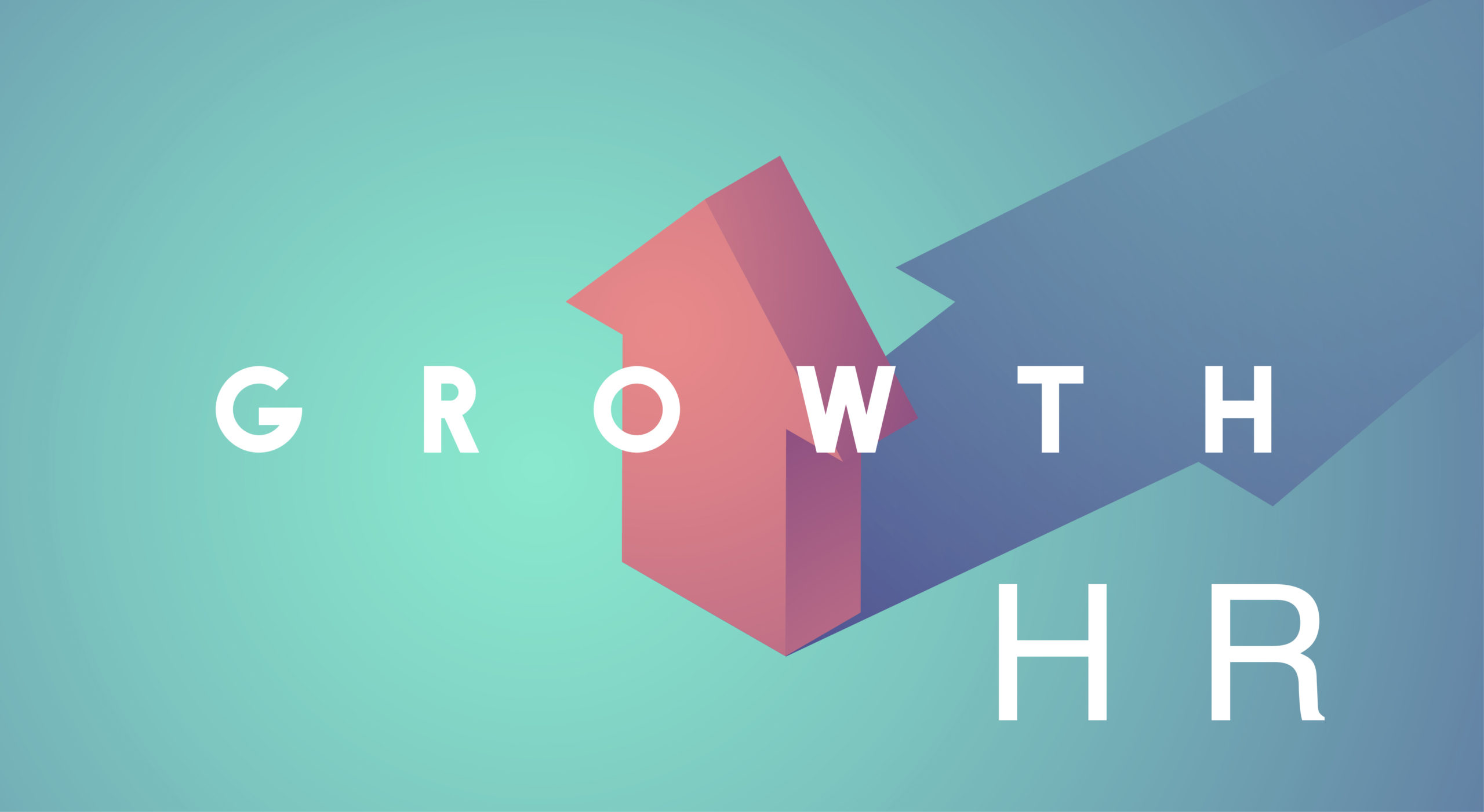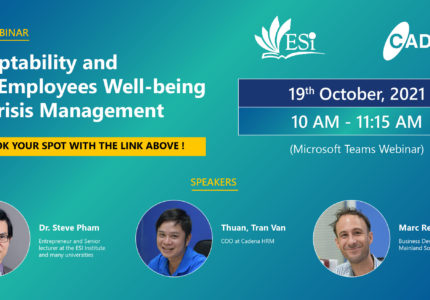Efficiency comes from grants, right? That’s at least how many companies in Singapore think… but achieving efficiency requires effort and intelligence.
So, let’s break it down and first describe it in simple words: efficiency is doing more with less. In any process it works that way but since we’re an HRIS company let’s look at payroll and HR processes. Most companies investing in an HRM system do so for reasons of quality, speed and efficiency so we’ll look at these aspects in more detail.
Quality – two aspects are important here; the first is of course the quality of the system, meaning the accuracy of the internal workings and calculations, the robustness of its design, the simplicity and ease of handling of the user interface. This is something the software developer (i.e. Cadena) needs to provide. The second aspect is about the quality of the data. Here as well the software company needs to provide a system with sound rules, checks and proper working of data entry and interface functions. At the same time though the people using the system need to capture data accurately.
Speed – this speaks for itself probably; changes in personal data need to be captured quickly, salary needs to be paid on time, staff transfers need to be immediately effectuated and so more. Also, here people using the system need to play their part and enter changes timely.
Efficiency – this is perhaps the trickiest of the three aspects but also the most promising one. With quality and speed a lot depends on the software solution; that’s our profession and Cadena with all its experience can assure quality and speed in supporting all HRM and Payroll processes. Whether the whole organization becomes more efficient and if less people can do the job is yet to be seen though and depends online management and the implementation approach.
To give an example let us look at one of our clients that operates a bus company. Time attendance, shifts, overtime, leave and what have you were all registered and processed on paper, by the bus drivers and a central HR department of 4 people. Our system could automate most manual work: shifts could be planned; staff could apply for leave online in our ESS portal and overtime was easily registered. Almost all paper-based processes were automated and required less work.
Now… is the whole organization more efficient? Well…. that depends on the definition… if you measure the workload yes. But if the 4 staff in the HR department are not freed up for other tasks and the staff costs of the HR department are not reduced, the cost per employee to support the HR processes is not going down.
For a successful HR transformation, a state-of-the-art system is needed but the organization will need to make sound use of that investment. Greater efficiency and a lower cost of HR Support per employee can be achieved and Cadena has a long track record in achieving these goals for our customers. So, don’t hesitate and talk to us, we’re keen to hear your opinion and discuss your requirements.







